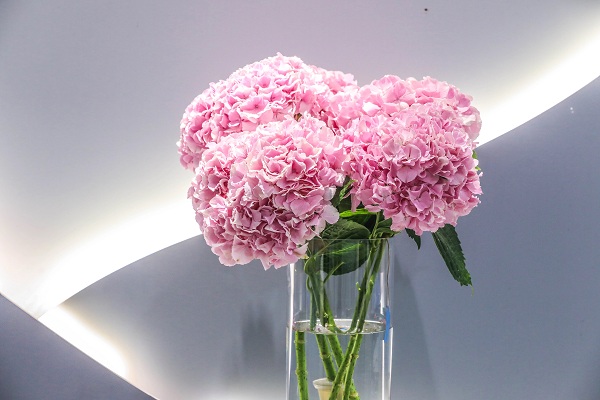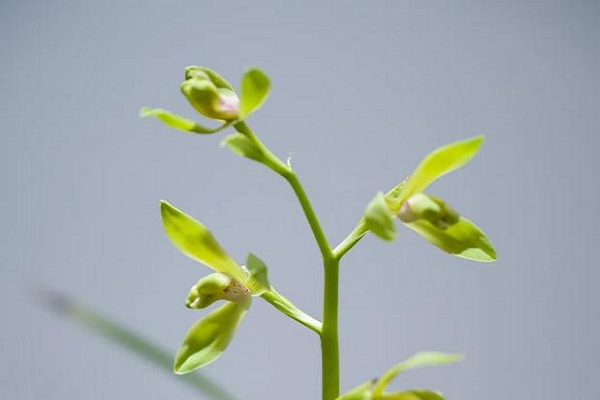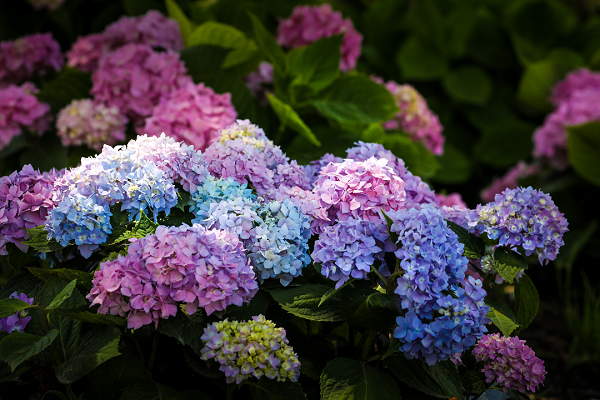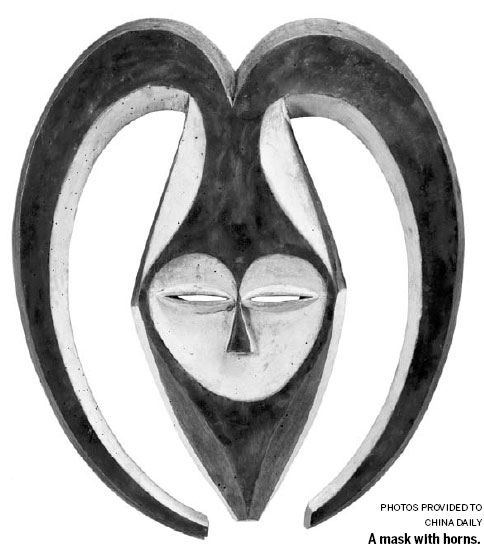
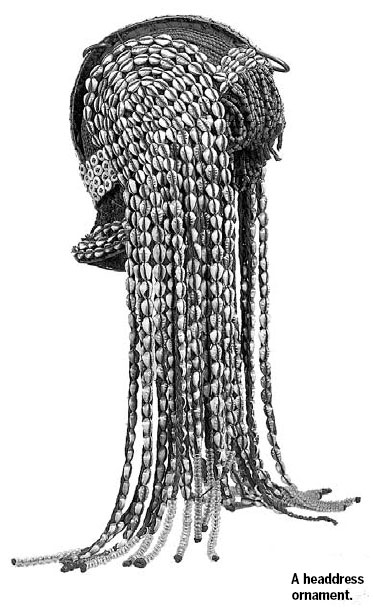
A rare exhibition is taking place in Shanghai Museum - wood sculptures from along the Congo River. Zhang Kun finds out what's so special about the art pieces that even modern masters such as Pablo Picasso and Paul Guillaume were inspired.
Shanghai Museum is having its first African art show, presenting 71 wood sculptures from along the Congo River.
According to its director Chen Xiejun, it is a happy co-incidence to have the show right after President Xi Jinping's visit to Africa. "This proves the importance of Sino-African relationship," he says.
The exhibits are from Musee du Quai Branly of France. Opening in 2006, the museum has established its collection first from African art.
Art from the Congo River has had important influence in the modern and contemporary art scene, and been widely copied, according to Stephane Martin, president of Quai Branly Museum.
One of the frequently copied objects is a mask with horns. It features a framework with five faces at each tip, which are believed to evoke the spirits of the forest. Its eyes are always open to depict that the spirits are always alert.
The curator Francois Neyt, 70, was born in the Belgian colony in Africa and lived there for decades. He is a Catholic priest living in a monastery and does not travel frequently, thus Martin hopes visitors to the exhibition will catch a glimpse of the personal vision of the curator as a priest dedicated to the art of Africa.
Neyt has divided the exhibits into three parts. The mask with horns is among the first part of the Heart-Shaped Masks collection.
Heart-shaped masks are found all along the Congo River, and worn at rituals and performances together with special costumes. The masks on exhibition are mainly from the early 20th century, and the wood - especially some light wood that the masks were made of - is difficult to conserve.
"All the masks are authentic, and have been used in rituals and ceremonies," Martin says. Since mid-20th century, the tribal lifestyle in Africa gradually gave way to modernization, and these masks and sculptures lost their pragmatic use. They were made for sale as artifacts.
The second and third parts of the exhibition are dedicated to the subject of ancestor veneration, featuring sculptures of ancestors.
Hairstyle, headdress, scarifications and ornaments are also presented to emphasize the figure's status and identity.
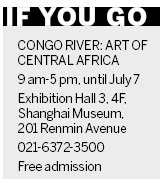
Some communities have preserved the bones and skulls of prominent ancestors. These relics are used at significant events such as initiations, death rites and selection of a new leader.
Relics were sometimes carefully stored in bark boxes or woven baskets. Often a carved head or figure was placed on top of the reliquary, as protector of the relics. Some of them can be found in the show.
Since most of the ancestor's sculptures are males, the curator has dedicated a section for women.
Artifacts from Africa brought such fresh inspiration to the Western art scene in the early 20th century that modern masters such as Pablo Picasso and Paul Guillaume developed a new style Cubism from it, says Chen, the director of Shanghai Museum.
The exhibition may be different from what the audiences in Shanghai are used to, Martin says. "I hope it will open their mind to African art."
It made its debut appearance in Asia two years ago in Singapore. From Shanghai, it will proceed to Seoul before flying back to France, as the objects are fragile and complicated to transport, Martin adds.
Contact the writer at zhangkun@chinadaily.com.cn.
(China Daily 04/14/2013 page15)
